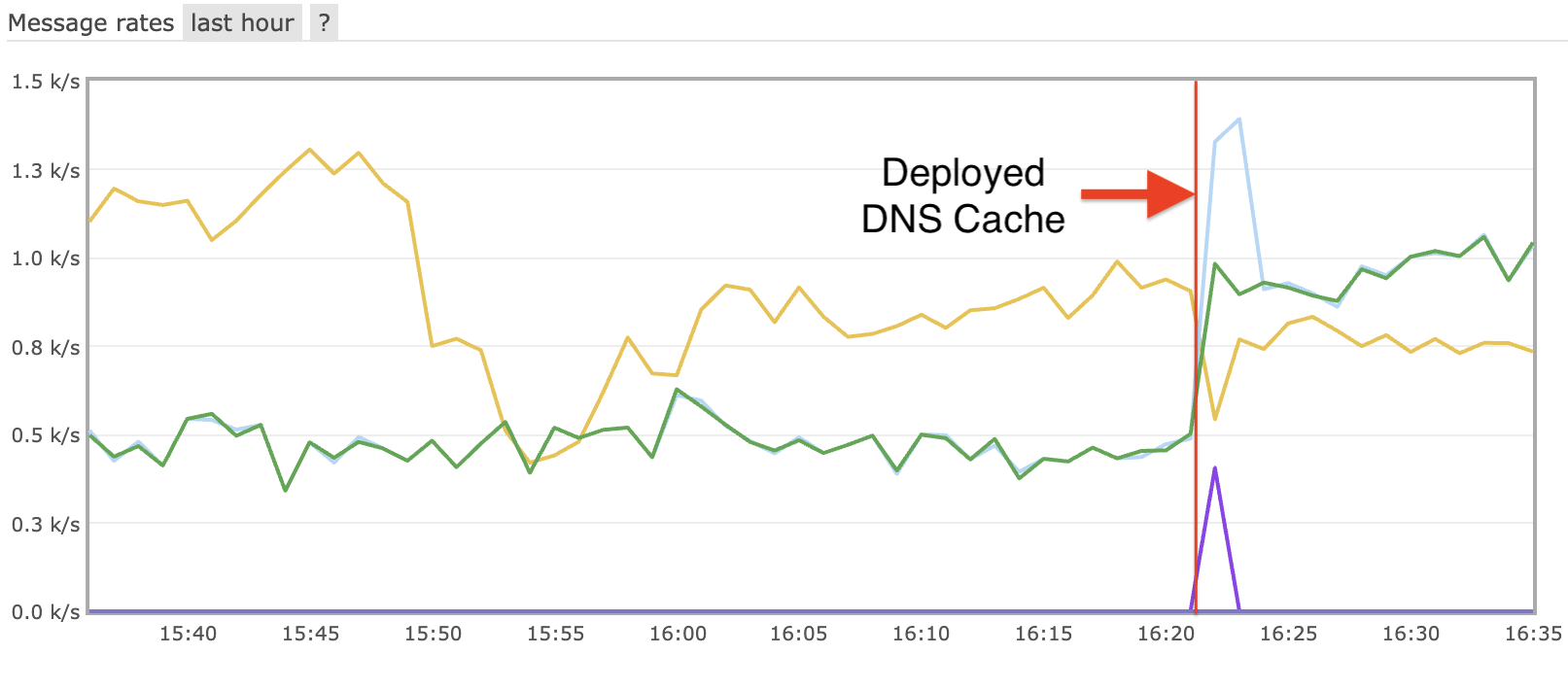Querying an Elasticsearch Cluster for Gratia Records
I have learned a significant amount about queries and aggregations for ElasticSearch. For example, below is the query that counts the number of records for a date range.
The above query searches for queries in the date range specific, and counts the number of records. It uses the Elasticsearch-dsl python library. It does not return the actual records, just a number. This is useful for generating raw counts and a delta for records processed over the last few days.
The other query I designed is to aggregate the number of records per probe. This query is designed to help us understand differences in specific probe's reporting behavior.
This query is much more complicated than the simple count query above. First, it creates a search selecting the "gracc-osg-*" indexes. It also creates an aggregation "A" which will be used later to aggregate by the ProbeName field.
Next, we create a bucket called day_range which is of type range. It aggregates in two ranges, the last 24 hours and the 24 hours previous to that. Next, we attach our ProbeName aggregation "A" defined above. In return we get an aggregation for each of the ranges, for each of the probes, how many records exist for that probe.
This nested aggregation is a powerful feature that will be used in the summarization of the records.



Leave a comment